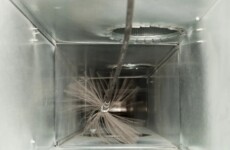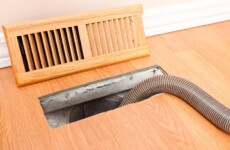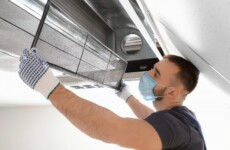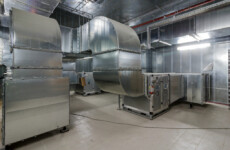Our Residential Dryer Vent Cleaning Procedure
Joseph’s Power Vacuum follows a detailed process for residential dryer vent cleaning. Clean vents prevent fires and help your dryer work better, saving you money on energy bills. Our expert technicians use the best tools to clear lint and debris from your dryer vents, making sure your home is safe.
Initial Inspection
We start by inspecting the dryer vent to identify any issues and plan the cleaning process.
Area Protection
We protect the surrounding area to prevent contamination during cleaning.
Vacuuming
High-power vacuums remove loose lint and debris from the vent.
Brushing
Specialized brushes scrub the inside of the vent to dislodge stubborn lint.
Sanitizing
Safe sanitizers are used to kill bacteria and mold in the vent.
Final Check
We perform a thorough inspection to ensure the vent is clean and in good condition.
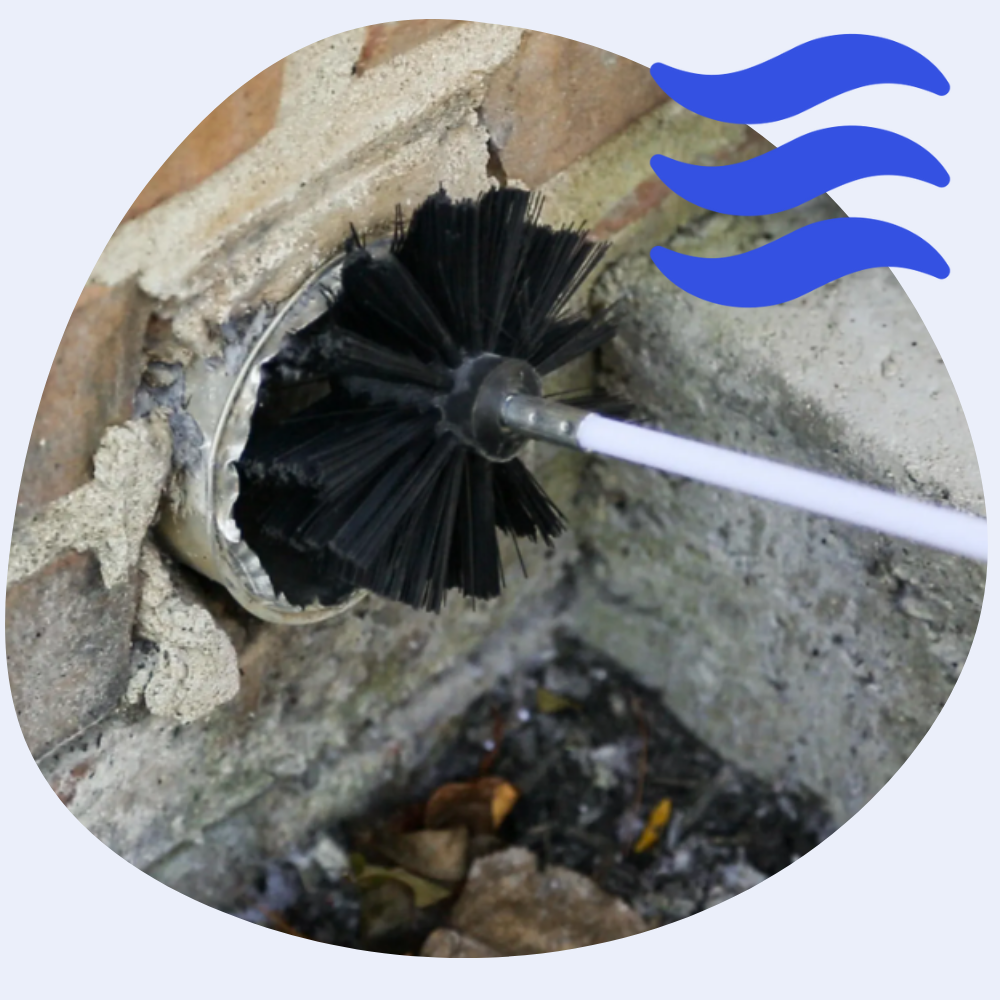
Why You Should Clean Your Dryer Vents
When your dryer isn’t ventilating properly, it’s often due to a clogged vent. Over time, lint builds up in the vent, leading to poor ventilation. If not cleaned regularly, this can cause a dryer fire.
Firefighters emphasize the importance of fire safety and clean dryer vents. Thousands of dryer fires occur each year due to clogged vents. Lint buildup restricts airflow, creating a fire hazard. When a dryer operates, it expels moisture and heat. If the vent is blocked, the heat and moisture get trapped. As the dryer continues to run, the heat builds up, and without an escape route, the dryer can catch fire.
The Importance of Cleaning Your Dryer Vents
When your dryer isn’t ventilating properly, it’s often due to a clogged vent. Over time, lint builds up in the vent, leading to poor ventilation. If not cleaned regularly, this can cause a dryer fire.
Firefighters emphasize the importance of fire safety and clean dryer vents. Thousands of dryer fires occur each year due to clogged vents. Lint buildup restricts airflow, creating a fire hazard. When a dryer operates, it expels moisture and heat. If the vent is blocked, the heat and moisture get trapped. As the dryer continues to run, the heat builds up, and without an escape route, the dryer can catch fire.



